Last updated on March 31, 2024

Tymna the Weaver | Illustration by Winona Nelson
With Commander being Magic’s most popular format, it’s no surprise that lots of players search far and wide for commander rankings to pull ahead of their opponents. It might be a casual format but that doesn’t mean there’s no strategy involved. Whether that means getting the best Commander precon or stocking your deck with the best EDH cards, sometimes strategy is the fun part.
Rather than $40 precons, today I’ll be looking at the commanders at the helm of EDH decks that can go for upwards of $1,000. Yes, you read that right: No cheap Commander stuff. Here’s our official commander tier list for the best of the best, from the cream of the crop to just pure jank.
The Criteria
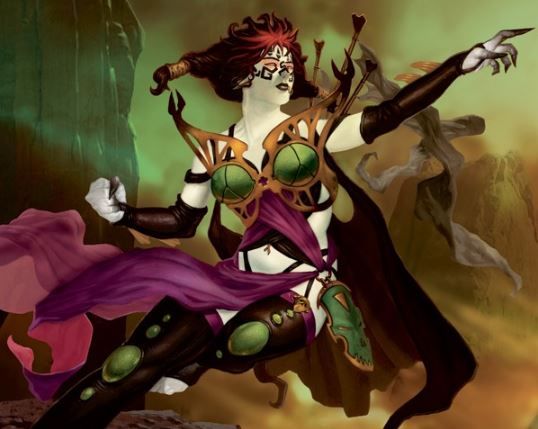
Phage the Untouchable | Illustration by Ron Spears
I’ll judge the commanders based on their performance at the helm of their strongest deck. This means that all casual etiquette goes out of the window; infinite combos, mass land destruction, fast mana, etc. are all fair game here.
There are a few key factors that I’m going to use to determine a commander’s placement:
- Speed: How quick is the deck? The faster your game plan, the less time your opponents get to interact with you.
- Resilience: If you have a deck that could threaten a win on turn 1 but it folds to Gut Shot, that’s an example of a deck that lacks resilience. You need to be able to protect your game plan and come back from situations that go awry.
- Number of Colors: When you disregard budget, you’ll find that the more colors you have in your commander’s color identity, the better. This gives you more versatility in what cards you can play and makes you less susceptible to hate pieces like Boil.
- Timing: A deck that can win on the stack is better than one that needs all of its pieces on the field. The same goes for a deck that can win on an opponent’s turn against one that can’t.
- Versatility: How many different wincons can the deck run?
- Card Quality: Some decks need more room for cards that are just combo pieces.
Tier 1: The Cream of The Crop
This is where the best of the best live. The very top of cEDH. This tier belongs to some of the fastest combo decks and the harshest of stax. These are the optimal decks to play assuming an “average” meta. Tutors, fast mana, and infinite combos are the bread and butter of this tier, with most decks overflowing with plenty of each. With that being said, they can be outclassed by lower tier decks in specific situations.
I’ll only be covering the top three, but there are a few other decks that go into this tier like Najeela, the Blade-Blossom and Tymna plus Kraum, Ludevic’s Opus.
Tymna the Weaver + Thrasios or Kraum
Tymna the Weaver paired with either Thrasios, Triton Hero or Kraum, Ludevic's Opus are the archetypal tier 1 commanders. They’ve been on top of the Commander game since way before Flash was banned.
Not only do these partners give you four colors (either or ) but they also give you the two best colors in competitive Commander: blue and black. Tymna brings you some of the most important things in Commander at the helm of your deck.
Tymna gives you a card draw for each opponent you’ve damaged. This card advantage is so impactful that “it blocks Tymna” is a part of evaluating creatures for competitive Commander. Thrasios lets you use excess mana at the end of every turn cycle for some card advantage. Thrasios could also let you draw your deck if you’ve got infinite mana. Naturally, this leads to Thassa's Oracle victories. Alternatively, Kraum gives you additional card advantage and helps you dig deeper toward your combos.
Thrasios and Tymna are also very low on mana cost with mana values of 2 and 3 respectively. This means you can get your commanders out on the battlefield extremely quickly. Before Flash was banned, these two were considered to be “tier 0,” meaning that they were the optimal duo to play in nearly all situations. Thankfully the banning has rectified this, although the pairing and Tymna decks in general remain extremely potent.
Both combinations are also great at pulling off a “Turbo Naus” strategy, where you play a very low average mana value deck and try to resolve Ad Nauseam as quickly as possible to pivot to a win.
Kenrith, The Returned King
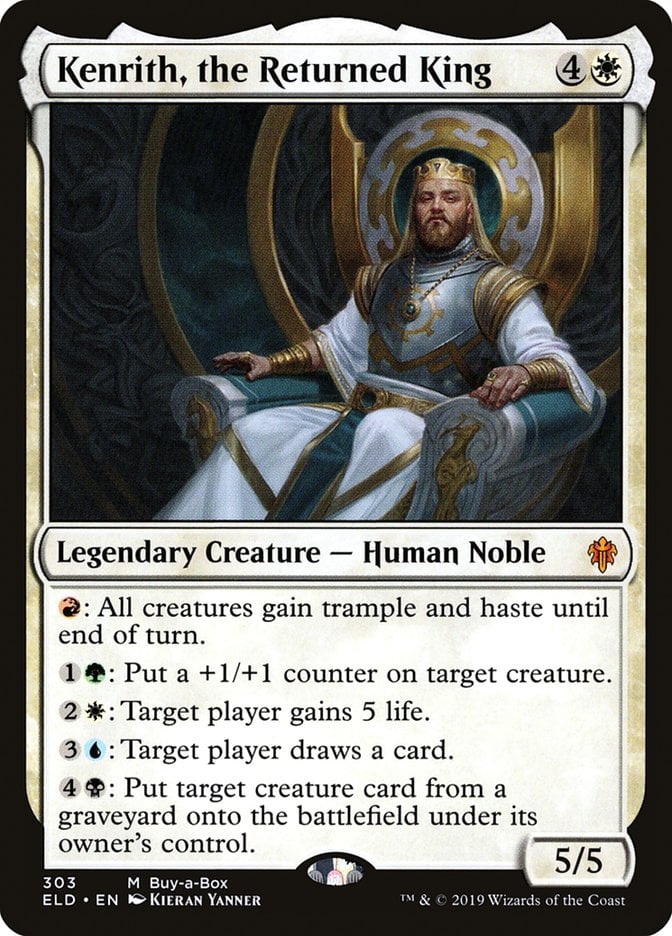
The first point in Kenrith, the Returned King’s favor is simple: It's a 5-color commander. This gives you access to all of the best cards across all five colors, which in turn enables you to play most competitive strategies. Kenrith also brings a lot to the table by itself. Although they're a bit expensive at , Kenrith brings five different and useful effects. The only mode that tends to be irrelevant in competitive play is the lifegain.
With haste, reanimation, and card draw in the command zone, Kenrith decks are incredible at grinding out value and staying resilient. They can also easily employ combo lines that rely on already-good cards like Dockside Extortionist and Underworld Breach. This is amazing for minimizing the number of “dead” cards in a deck.
Kenrith can also easily be an outlet for infinite colored mana. This means that you don’t need another card to win the game once you’ve got infinite mana. Just use Kenrith to draw your deck and play Thassa's Oracle.
Another point in Kenrith’s favor is that it’s a commander that’s very easy to build a casual deck with as well. Unlike Kess, Dissident Mage, Kenrith can easily be modified to hang with casual tables.
Kess, Dissident Mage
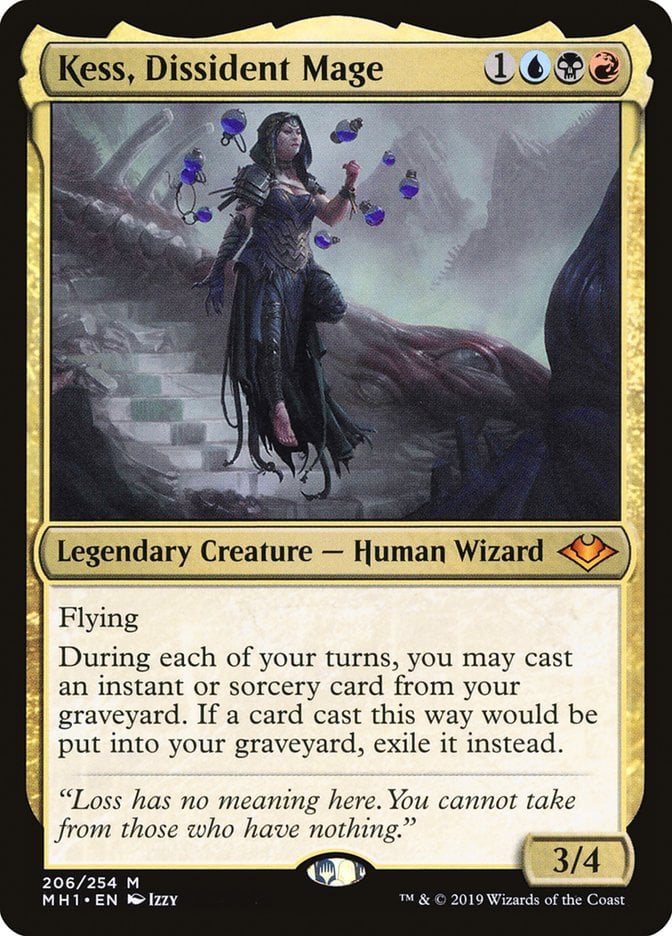
Kess, Dissident Mage is one of the premier Grixis commanders in the format. It comes with an extremely powerful effect: casting instants and sorceries from your graveyard during your turn.
Kess is usually built as a Demonic Consultation / Tainted Pact commander. This means that the deck tries to win by using Pact or Consultation to mill itself and win with Thassa's Oracle or another LabMan effect.
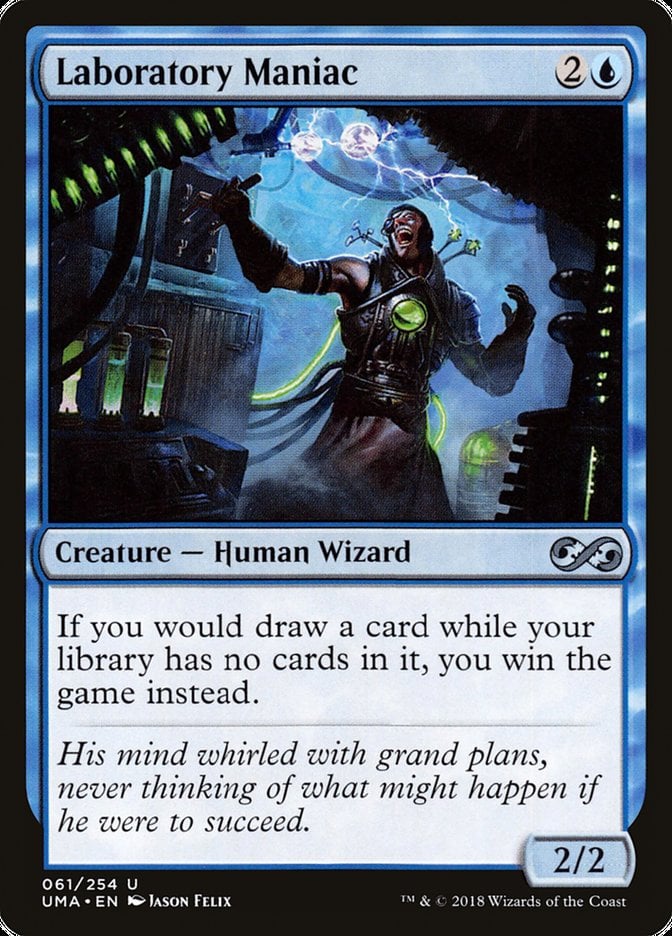
Kess is especially resilient because you can pull the combo off even if Pact or Consultation end up in the graveyard. There’s no reason to play Kess as an all-in combo deck because of this; you should play a more midrange game. You can also back your combo up with the counterspells you used to stop your opponents from winning if you’re doing it on your turn.
Tier 1.5: cEDH
These are the decks that contain all the raw power of the tier 1 decks but are just a little bit more meta-dependent. Some tier 1.5 decks can combo off faster than some tier 1s, but they usually lose out on resilience to do it.
This tier contains all of cEDH’s mono-colored decks. These are viable in cEDH and might even be better than tier 1 decks in a known meta.
This is quite a large tier with the likes of Heliod, Sun-Crowned, Zur the Enchanter (care for a Zur-led EDH enchantment deck?), and many others representing it. Some of the most fun cEDH games can be put together with the variety of tier 1.5 commanders.
Godo, Bandit Warlord
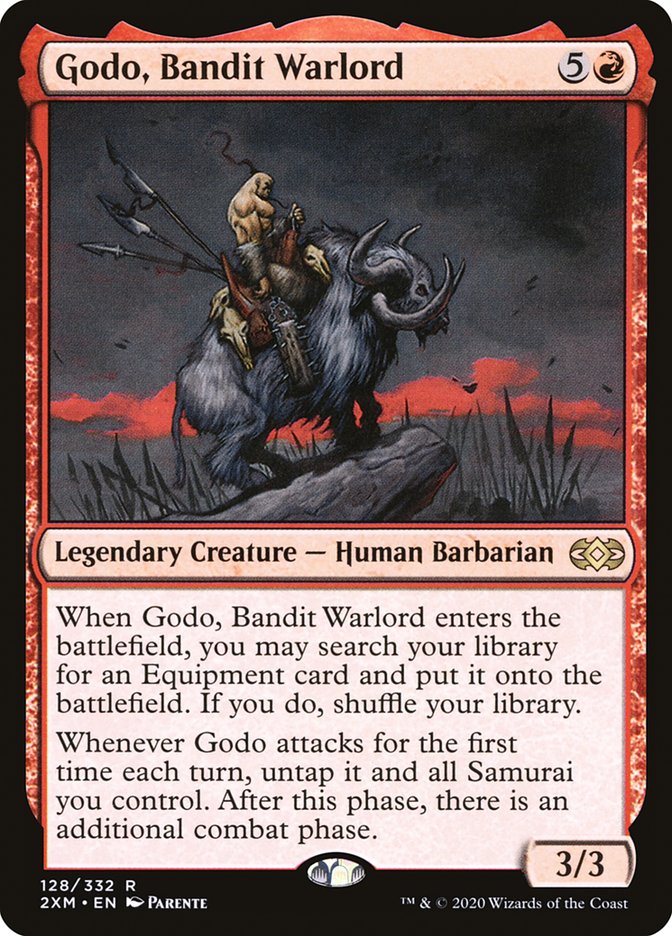
Godo, Bandit Warlord is a fast combo/stax deck. Simply playing Godo and having the mana to equip Helm of the Host, which it can tutor, is enough to start infinite combat steps and kill all of your opponents thanks to its ability. This is often referred to as a “0-card” combo since you don’t need to have any specific cards in your hand to power out a win. This means that the deck doesn’t have to run any dead cards and can go all-in on ramping and protecting the combo.
Godo’s game plan often devolves into “counting to 11,” which is the mana needed to play it and equip the Helm. This is made a lot easier with cards like Treasonous Ogre and Dockside Extortionist.
If Godo has all these benefits, then why isn’t it tier 1? The answer is actually pretty simple: colors. Godo is a mono-red commander, which means you don’t have access to some of the most powerful cards in the format. It also wins on the battlefield, meaning the deck can be pretty “soft” to removal as there are only so many Fork effects you can play. On the other hand, these downsides allow Godo to play stax pieces like Blood Moon to punish your multicolored adversaries.
Urza, Lord High Artificer
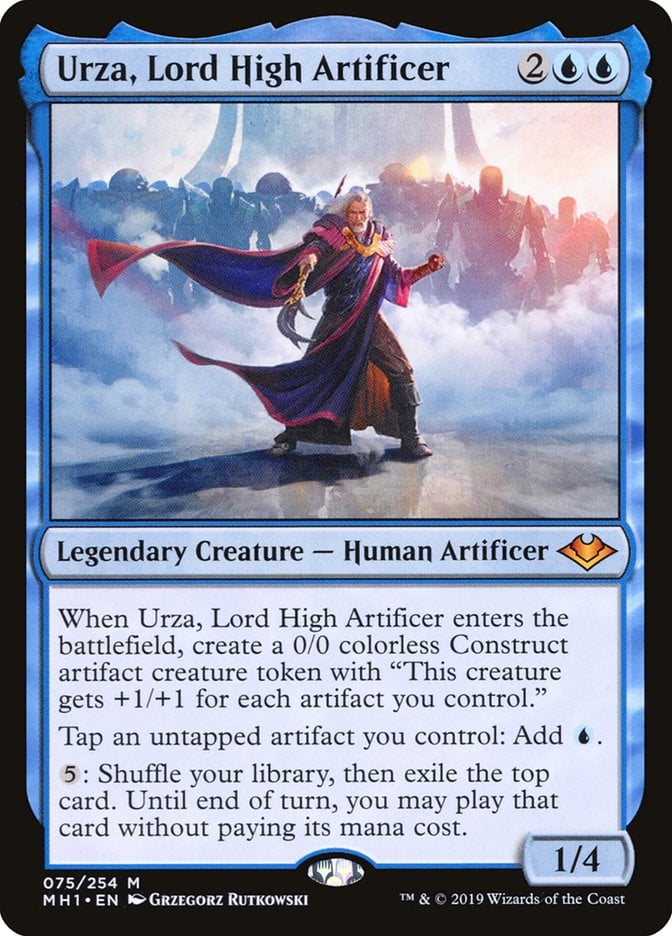
It took a while for one of Magic’s most powerful in-universe characters to finally get their own card, and what a card it is. If Urza, Lord High Artificer was multicolored, there’s no doubt that it’d be firmly in tier 1 or perhaps even tier 0.
Urza can play a variety of different strategies ranging from Polymorph-based combos to extremely resilient stax. One of its main advantages is that it not only makes it so that stax pieces like Winter Orb don’t affect you, but it also turns them into mana rocks! Urza is also an infinite mana outlet, letting you play your whole deck with infinite colorless and just a few blue mana.
Because of all these perks, Urza basically doesn’t need to dedicate any slots to a wincon. This makes the deck’s card quality one of the highest in cEDH.
The Gitrog Monster
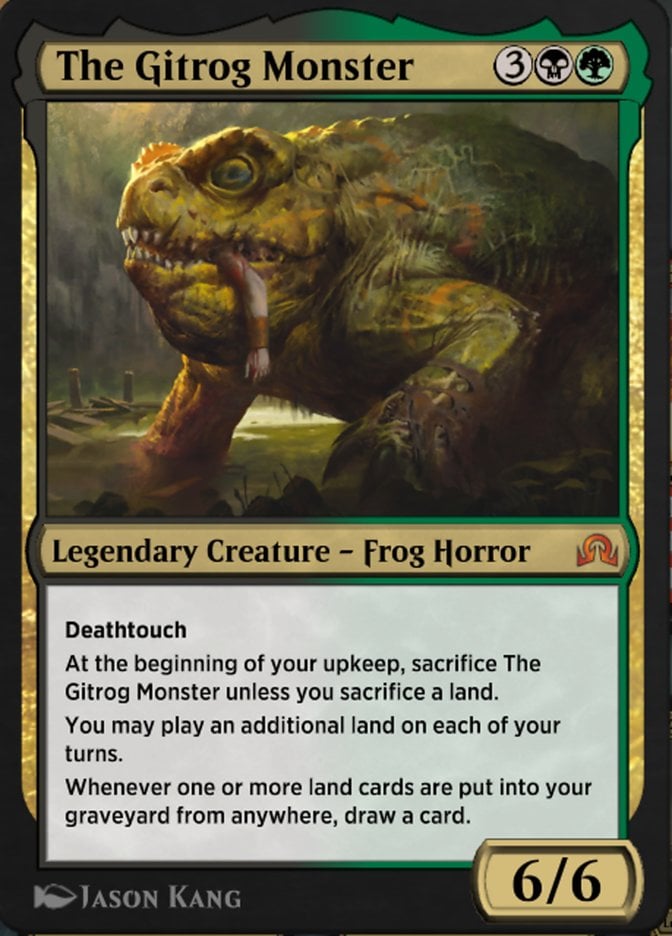
One of cEDH’s pioneer decks and one of the most complex to pilot to date, The Gitrog Monster is a deck that evades categorization. Despite the steep mana cost of its commander, the deck is really quick, though not quite Godo-quick.
Whole tutorials have been made on how to execute some of Gitrog’s most complex combos. Once you’ve mastered this deck, you’ll feel like you’re on top of the world, especially as your opponents are unlikely to know all the game states you can combo from.
This is pretty much the only land-based strategy in cEDH, and for good reason. It’s quick, resilient, and has really high card quality.
Krark, the Thumbless

Krark, the Thumbless has certainly risen to the occasion when it comes to strong cEDH commanders. As players have become increasingly familiar with the playstyle, found tighter and stronger builds, and learned the ins and outs of the card, its power level has risen accordingly.
It's a really enjoyable commander to play with, but maybe not the most fun to play against. Too many Krark players take far too long with their die rolls and coin flips. If you're going to take this puppy for a spin, get many, many practice games in and scenarios ahead of pulling up to your LGS and failing your combos.
Atraxa, Grand Unifier
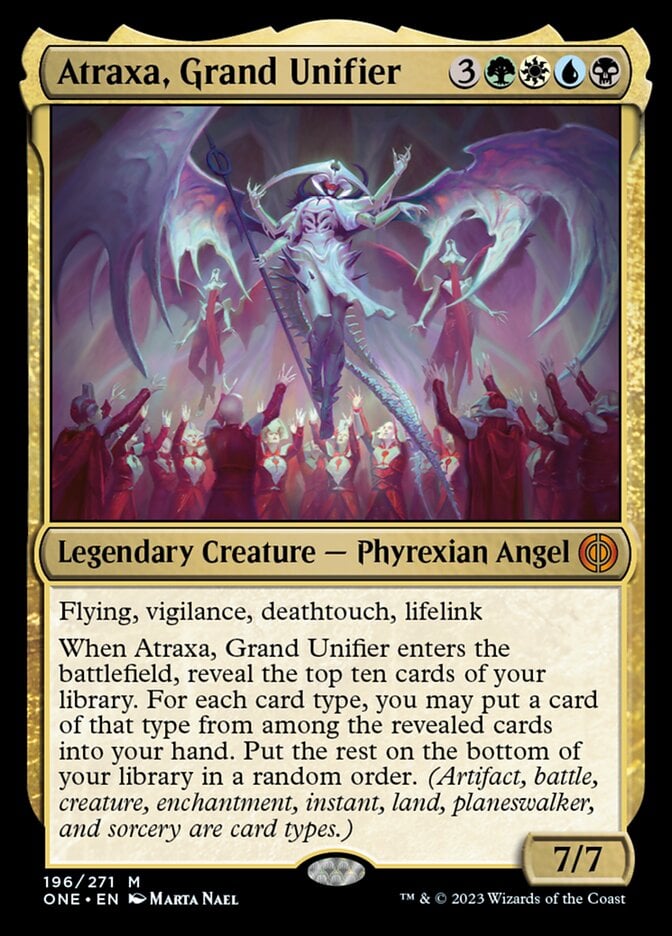
Atraxa, Grand Unifier has been putting up numbers at cEDH tournaments recently, claiming a 20% share of the metagame on MTG Top 8. Perhaps it’s to be expected; Atraxa, Grand Unifier has made waves in most Constructed formats, why not this one too?
The deck seeks to generate a massive mana advantage to turbo out Atraxa as quickly as it can to refill its hand, which is a great thing to do when you dump a bunch of fast mana into play. The decks often win via Thassa's Oracle with Demonic Consultation or Tainted Pact, though some also employ Bolas's Citadel + Sensei's Divining Top + Aetherflux Reservoir. They often employ Food Chain + Misthollow Griffin to generate infinite mana and draw their deck with Atraxa.
Though Atraxa has a demanding mana cost, the deck is quite powerful. Playing not-red lets you take your pick of cEDH staples and offers flexible build paths. Want to play a more stax-centric deck? Slap in cards like Drannith Magistrate. If you don’t think that’s good, you can flex into a more combo-centric build.
Tier 2: cEDH Viable
Commanders in this tier are a bit suboptimal for cEDH. Their strategy might have one large flaw or there are simply better commanders out there. If pushed to their maximum, any 5-color or 4-color commander with blue can reach this rank thanks to sheer card quality. Because of this, I’ll start evaluating commanders by their general usefulness and power level a bit more rather than by their strongest deck.
Tutors, fast mana, and infinite combos are quite common in this tier, with most decks having at least a few of each. These commanders can usually hang at cEDH levels of play and might even be ideal for some niche metas, but they tend to be a step down from tier 1 and 1.5 commanders.
These are usually commanders that provide a lot of value like Edric, Spymaster of Trest, or that function as combo or stax pieces like Grand Arbiter Augustin IV and Marath, Will of the Wild. A lot of commanders that have extremely powerful effects but are very costly like Narset, Enlightened Master and Ramos, Dragon Engine go here.
Pantlaza, Sun-Favored

An interesting new Naya commander on the block, Pantlaza, Sun-Favored favors creature-based combos, especially with Food Chain or Dockside Extortionist. This deck makes use of Pantlaza’s discover trigger to generate value and assemble wins.
Once you have infinite mana with Food Chain or Dockside Extortionist (assembled via an enabler like Temur Sabertooth or Emiel the Blessed, you use your outlet to cast Pantlaza, Sun-Favored an infinite number of times until you discover into Walking Ballista, which you’ll put into your hand instead of casting, then cast an infinitely large Ballista to win the game with. Since Ballista is a key piece, you can easily add a back-up combo with Heliod, Sun-Crowned.
While this deck has a lot going for it in terms of wins, it has one notable weakness: Naya decks exclude blue cards and black cards, cEDH’s best colors. This especially limits your ability to interact with people trying to interact with your combos, though Naya creatures combo off with enough variants you could likely get away with having more combos than your opponents interaction if you’re lucky.
Ghave, Guru of Spores
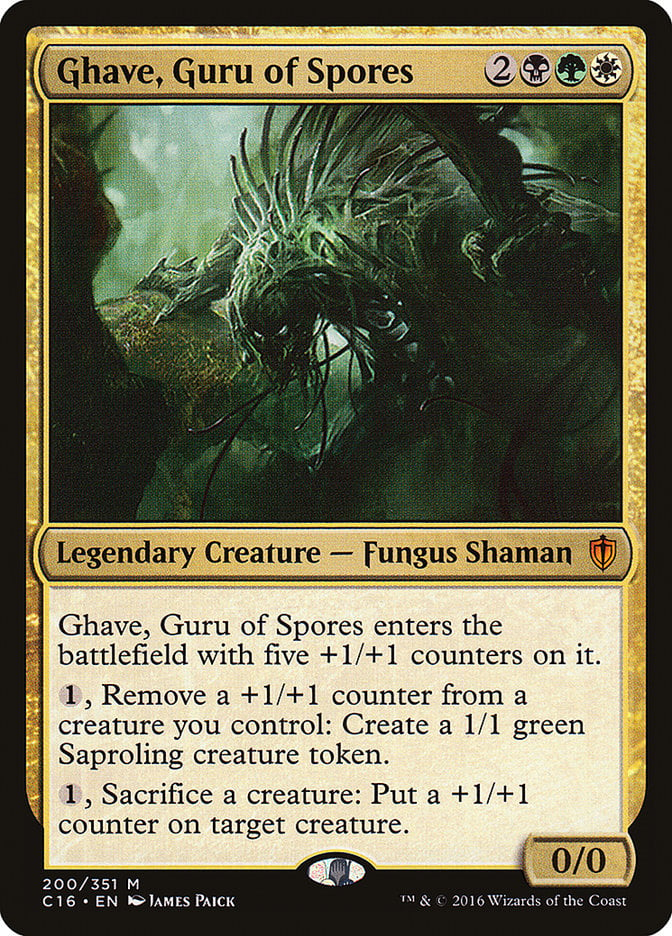
Ghave, Guru of Spores is often referred to as the commander that goes “infinite with anything,” and that’s a pretty accurate name. Ghave is extremely easy to infinite with out of nowhere. In fact, making a Ghave deck that can’t assemble an infinite combo is quite the challenge.
Cards like Ashnod's Altar, Phyrexian Altar, and Earthcraft are all-stars in Ghave. It was best summarized by TappedOut user PookandPie in their primer as:
So because of X, I get infinite +1/+1 counters. Because of infinite counters, I get infinite tokens. Because of infinite tokens, that means infinite mana, and because of infinite mana, you have to get me a cheeseburger. It all checks out, call the judge, I don't care.
Lavinia, Azorius Renegade
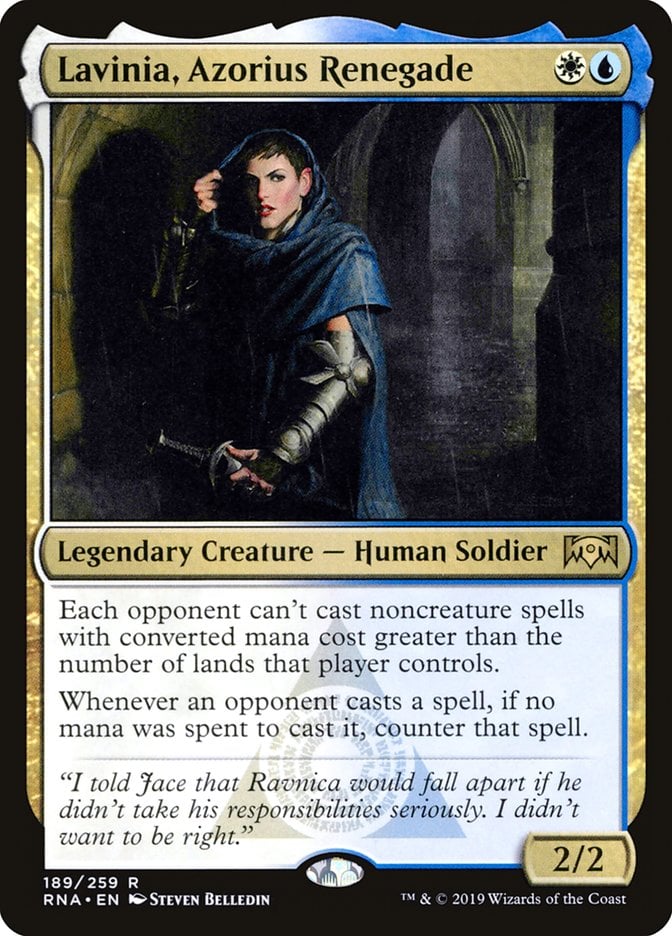
Lavinia, Azorius Renegade is one of those commanders that can actually be top dog at a cEDH table if everyone is playing the right kind of deck for it. Lavinia really thrives against high-speed combo decks.
This can be built many ways, though the most popular option is to build a stax deck looking to leverage Omen Pool combos. You can build Lavinia at pretty much any power level since its own power scales down with your opponents’ power.
Muldrotha, the Gravetide
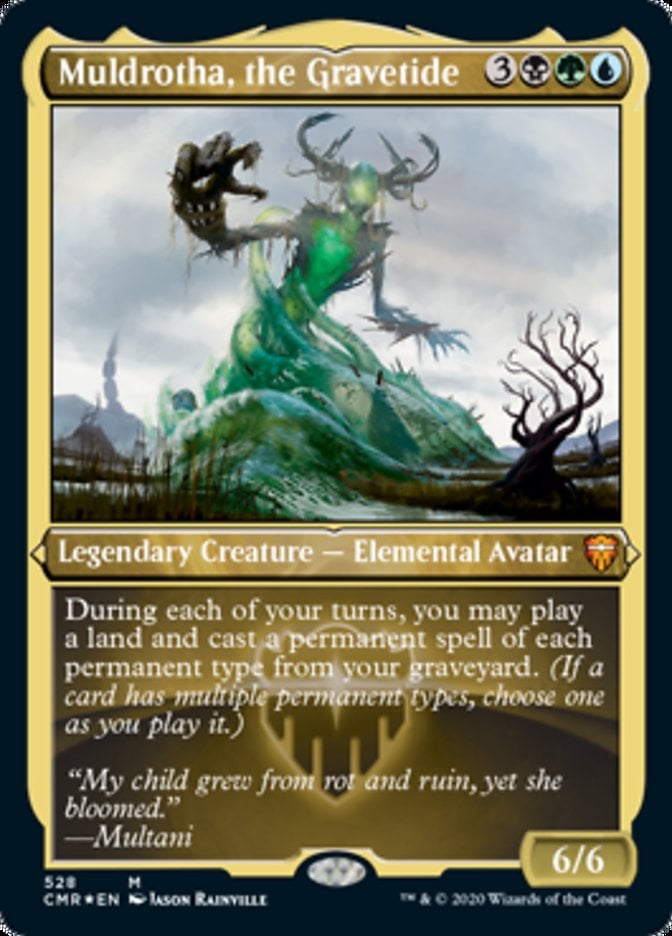
Muldrotha, the Gravetide is one of the most popular casual commanders and it’s easy to see why. It’s expensive but provides a boatload of value when you stick it on the field.
Muldrotha decks generally play a midrange-y game plan trying to fill your deck with a balance of different permanent types to get the most out of its effect. The biggest reason Muldrotha isn’t a true cEDH commander is that it doesn’t contribute much to most combos by itself and has a prohibitively high mana cost in that environment.
Tier 3: High-Power
The high-power tier is for commanders that can be oppressive in casual play but are almost always the wrong deck to bring to a cEDH night. They’re often crowned “archenemy” at more casual tables and can be hard to find a place for unless you intentionally power them down to find the right table.
Tutors, fast mana, and infinite combos are rarer in this tier, but most decks will still have at least one combo and a few tutors.
Light-Paws, Emperor's Voice
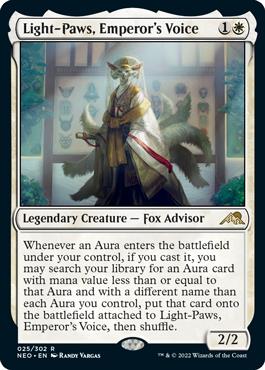
Light-Paws, Emperor's Voice hails from from Kamigawa: Neon Dynasty. The 2/2 for 2 has an ETB ability that tutors out any aura with mana value less than the one you're casting. It's a wonderfully nasty ability that can get out of hand quickly, especially when you tutor out something like Sage's Reverie or Ethereal Armor.
Despite having such unrivaled combat capabilities, Light-Paws, Emperor's Voice is severely limited by the fact it wins through combat damage, putting all your cEDH eggs into one basket. It can easily kill in a one-versus-one scenario but fails to adequately take out the entire table. It's the ultimate lightning rod, and people will keep that in mind the moment you put your commander into play.
The Locust God
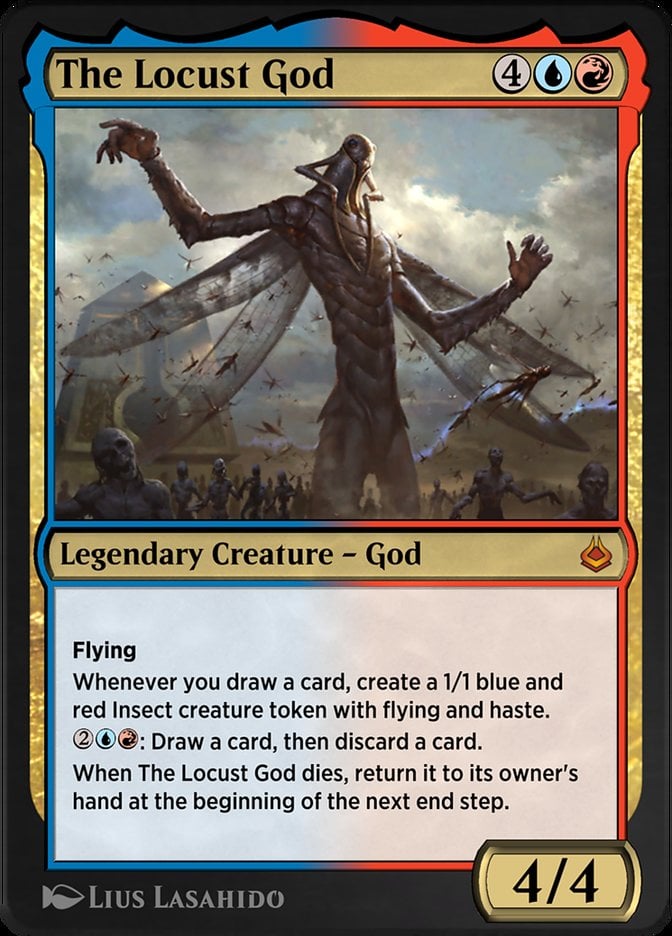
Ever since its release The Locust God has been one of the archetypal high-power commanders. Making flyers with haste whenever you draw a card is an extremely powerful effect even without your commander being able to draw cards.
The Locust God combos with some cards that are already good in this type of strategy like Ashnod's Altar and Skullclamp which can help you make as much mana and a bit fewer flyers than you have cards left in your library. You’ll usually see a lot of wheel effects like Wheel of Fortune and hand-shuffling effects like Arjun, the Shifting Flame.
Alesha, Who Smiles at Death
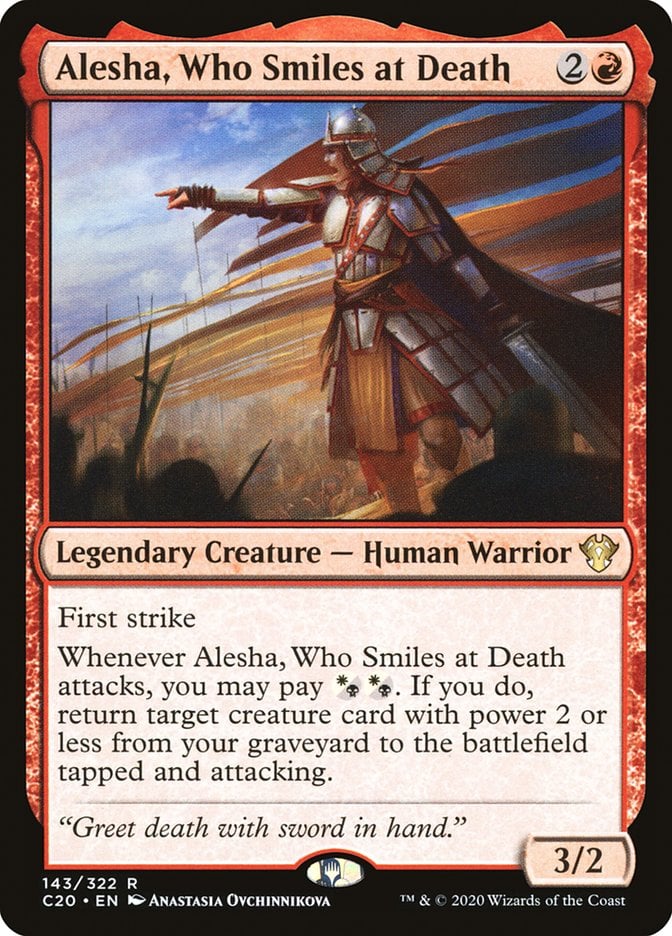
Alesha, Who Smiles at Death is one of the most interesting reanimator commanders out there, behind maybe Shirei, Shizo's Caretaker. It has easy access to some great creature stax pieces like Thalia, Guardian of Thraben plus some compact combos it can drop from the graveyard.
Alesha is a great commander to play with if you’re looking for a high-variance game in the high-power tier. It also doesn’t suffer from the common issue of high-power commanders being difficult to power down.
Zada, Hedron Grinder

Zada, Hedron Grinder is one of the quintessential creature-storm commanders. The game plan of most Zada decks is simple: Pump out a bunch of tokens alongside Zada and then use Crimson Wisps-like effects to draw a bunch of your deck. From there Zada uses anthems and rituals to assemble a lot of mana.
The deck offers you an opportunity to play unusual cards like Fiery Gambit to great success. It’s also one of the best decks to make with a low budget while still maintaining power.
Tier 4: Casual
This tier is where most casual decks live. We’re talking your average LGS Commander pod. While the commanders used might be more powerful than the tier would suggest, that’s usually counteracted by most players not getting the most out of them. This tier has the highest number of commanders with interesting effects but they’re either too costly or too weak to be competitive material.
Tutors, fast mana, and infinite combos are practically nonexistent in this tier. Decks will sometimes have a few of them, but only very rarely. Most commanders fall into this tier, and it’s also the place where creativity thrives the most.
Shirei, Shizo’s Caretaker
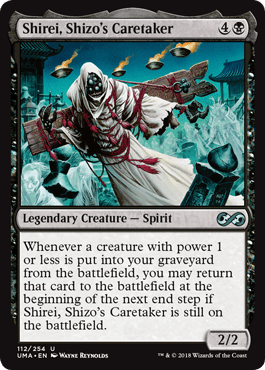
Shirei, Shizo's Caretaker puts an interesting spin on reanimation. Being restricted to 1-power creatures makes for some really fun deckbuilding decisions.
The deck generally needs to protect Shirei at all costs because without it, you’re just a deck with a bunch of bad 1-power creatures. If you can manage to do that, though, Shirei is a threat to be reckoned with, especially once it gets a few Blood Artist effects going.
Odric, Master Tactician
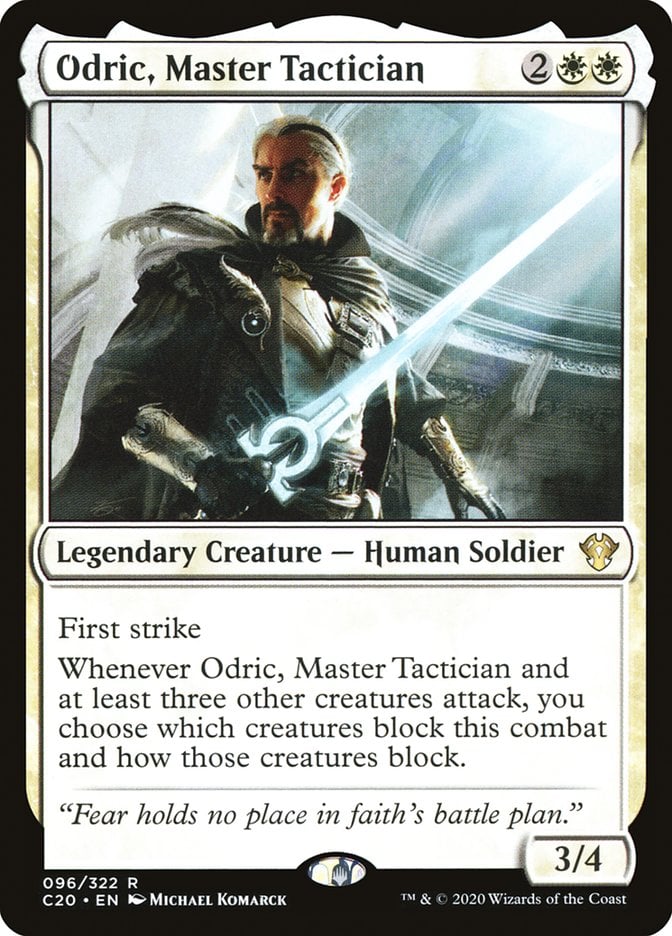
Odric, Master Tactician is a commander that tries to play a relatively fair game of Magic. There aren’t many combos that go into this commander, or really even that many synergies.
You want to make a big board of creatures and swing with them, either selecting that your opponent doesn’t block in order to finish them off or using Odric’s ability to pick how they block to serve as pseudo-removal. Soldier typal is also a very common way to play this commander.
Experiment Kraj
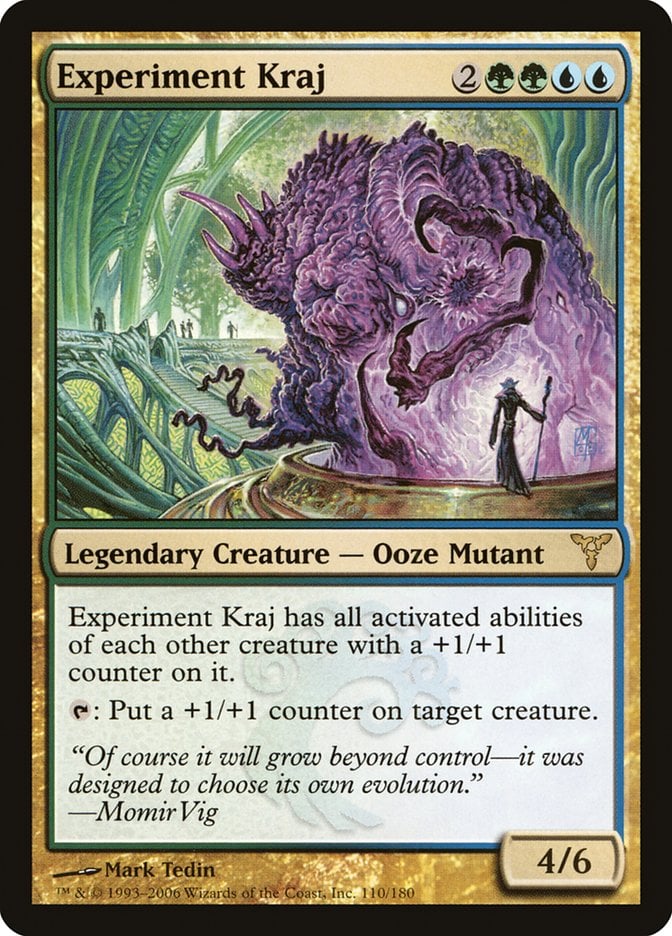
Fun fact: In most Slavic languages, “Kraj” means “end.”
This is one of the few casual commanders that’s actually fond of infinite combos. Experiment Kraj can be played as a semi-combo commander. Obviously, there’s the usual Simic +1/+1 counter strategies, but you can also use Kraj’s ability to give it the activated ability of a creature that untaps itself, thereby creating an infinite loop.
Tier 5: Low-Power
The low-power tier is where you’ll find most of the simply suboptimal commanders. Why would you play Jugan, the Rising Star instead of most other green +1/+1 commanders if all you’re looking for is power level?
The tier also has some of the more unique commanders in the game that simply drew the wrong end of the power curve. There might not even be anything weak about the commander itself. Aboshan, Cephalid Emperor is a perfectly fine typal commander; it just so happens that there aren’t many strong cephalids.
Tutors, fast mana, and infinite combos generally aren’t played in this tier. Decks might have some very rarely, but never if it doesn’t fit with the “theme” of the deck.
Celestial Kirin
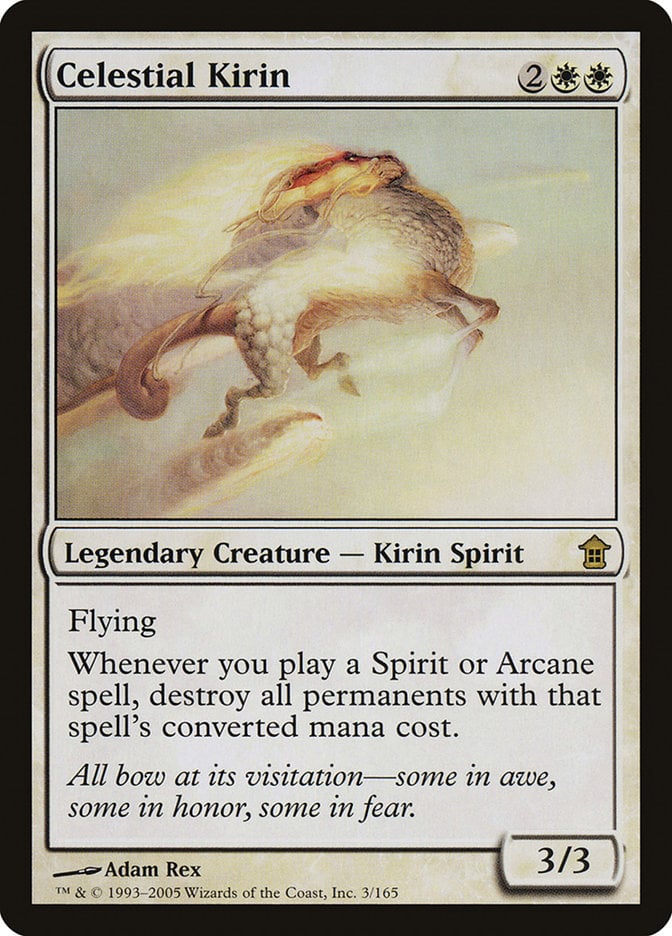
Celestial Kirin is one of the more unique white commanders out there. The biggest thing holding it back is that Kirin’s effect makes it very difficult to win the game since it wipes your own permanents, too. Cards like Ugin's Conjurant are great in this deck because they let you wipe the board with a cost of your choosing.
Eutropia the Twice-Favored

This is one effect that’s just straight-up underpowered. If Eutropia the Twice-Favored granted flying permanently then it might be able to keep up with some of the stronger commanders. But getting a +1/+1 counter as payoff for playing an enchantment is just too weak. The deck generally plays very similar cards to most other enchantress lists, leaning a bit more heavily on enchantment creatures.
Adamaro, First to Desire
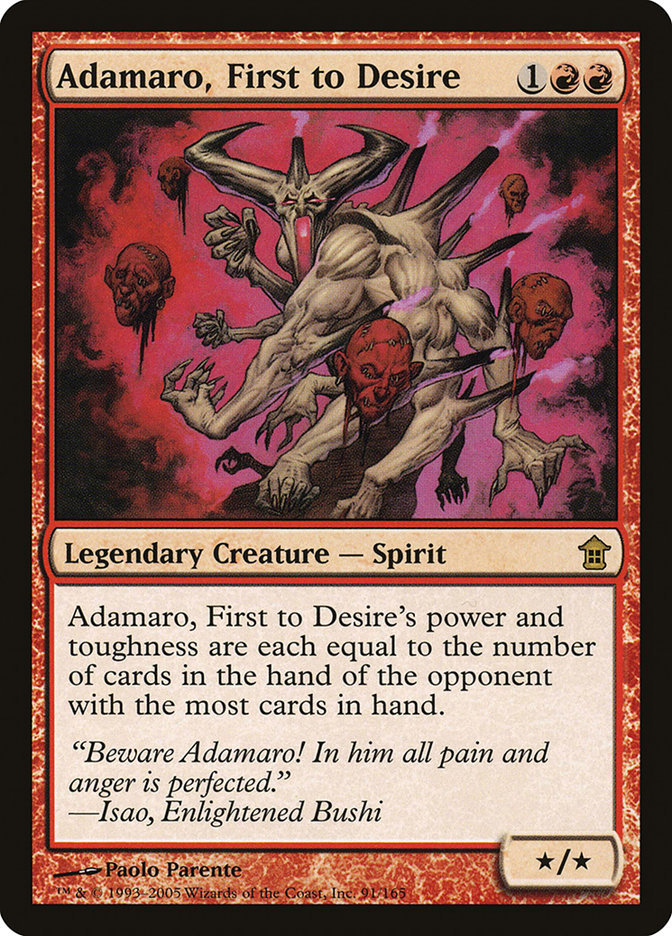
Despite the cool art, Adamaro, First to Desire has difficulty proving an effective commander. It naturally leans towards Voltron-style builds with its effect but there are very few effects that allow you to manipulate your opponent’s hand in red.
If there were a new card that let you give an opponent free cards in hand, preferably above the hand-size limit, Adamaro might get a bit better, but it’s unlikely to ever reach high-power play.
Tier 6: Jank
This tier consists of commanders that are strictly worse, usually by a wide margin, than other available options. This is where all of the vanilla commanders from Legends go. With that being said, there are some interesting options that simply take too much effort to pull off to really be worth it.
Phage the Untouchable
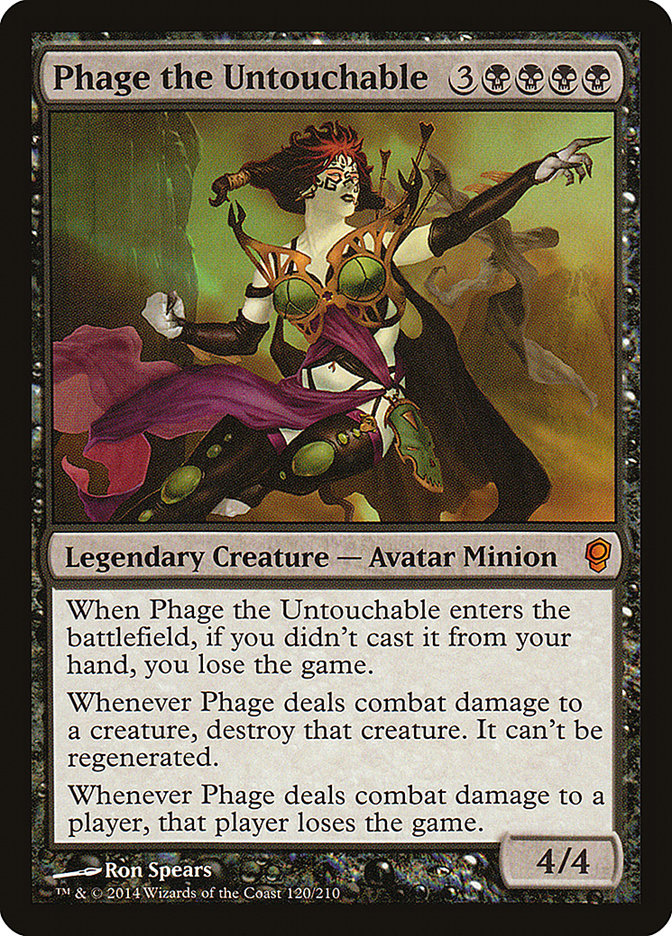
After reading Phage the Untouchable’s effect, you might be wondering how decks using it can even get it onto the field. You’ll generally use effects that either end the turn, like Sundial of the Infinite, or ones that prevent you from losing the game, like Platinum Angel.
Phage also doesn’t have any evasion, so getting it to actually connect with your opponent can be pretty difficult.
Haakon, Stromgald Scourge
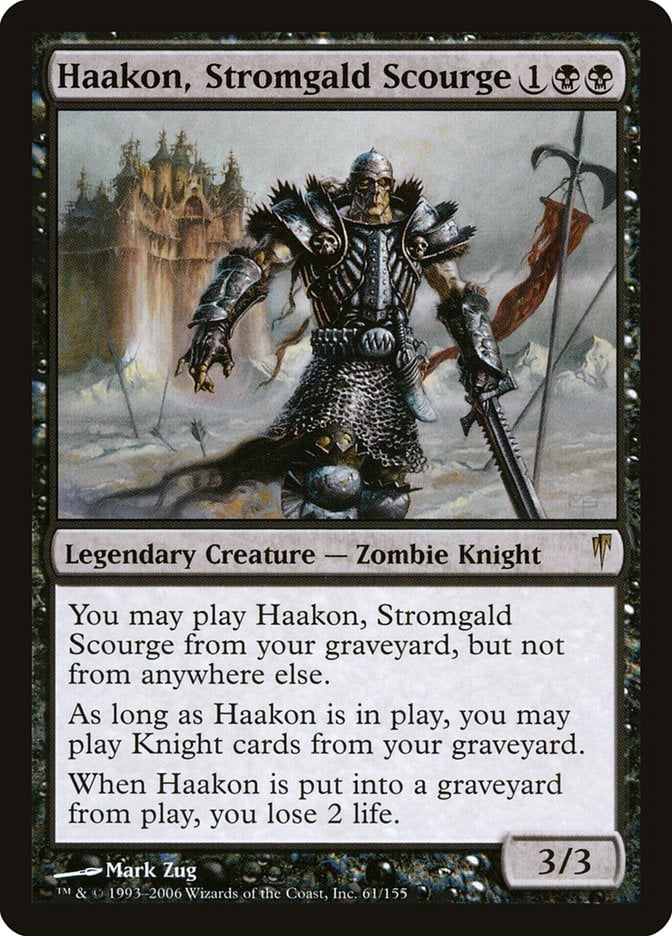
Yet another conundrum is Haakon, Stromgald Scourge. Once you manage to get it into the graveyard it’s actually quite a force to be reckoned with, but doing that can be really difficult.
You'll need a card like Command Beacon to even get Haakon out of the command zone in the first place. This means that the deck will play a lot of tutors to find an effect like this and attempt to discard Haakon with Tortured Existence and the like.
Commanding Conclusion
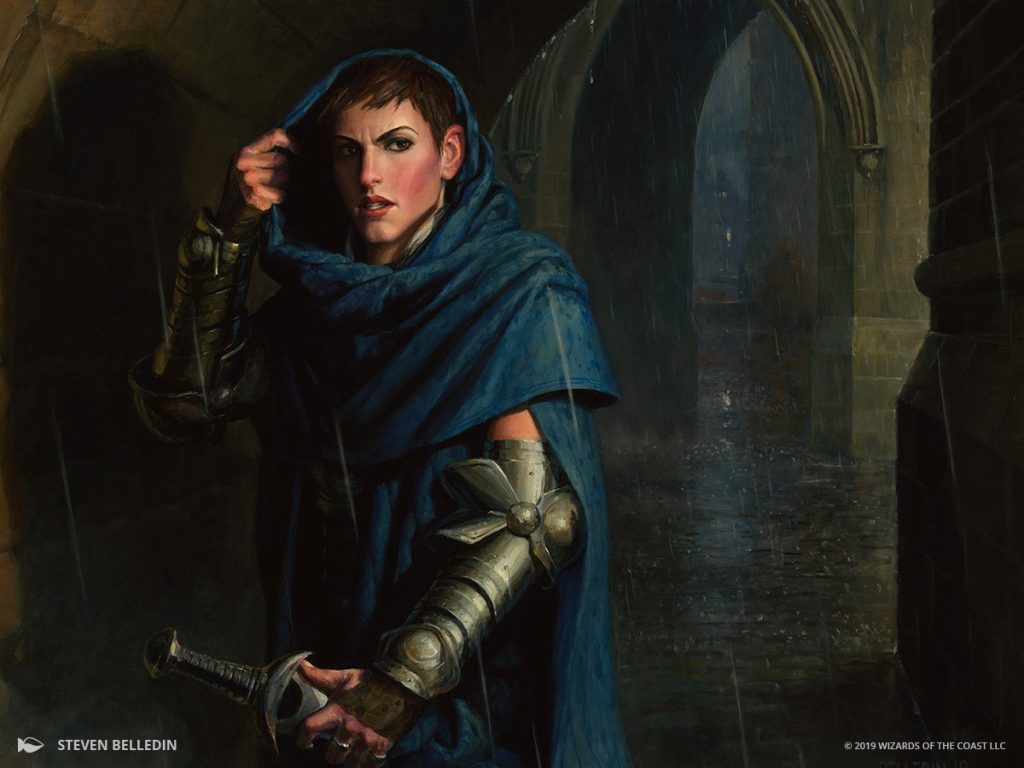
Lavinia, Azorius Renegade | Illustration by Steven Belledin
There are a lot of different power levels in Commander, and I could probably split each of these tiers into two or three if I wanted to. They’re just here to give you a general idea of the power level you can expect from them.
Tiers tend to matter more the higher up you climb. While three casual decks have a solid chance in a pod with one high-power deck, three high-power decks will be hard-pressed to eke out a win against a fully optimized Kenrith, the Returned King. The most important thing is to talk with your playgroup before the game starts.
But what about you, dear reader; what tier is your favorite to play? What’s your favorite underrated commander? Let me know in the comments below, or head over to our Discord if that’s more your style. Commander has yet to come to Arena, but there’s still plenty to play on Magic’s digital platform, so make sure you’ve got Arena Tutor to guide you through your Mastery progress!
Follow Draftsim for awesome articles and set updates: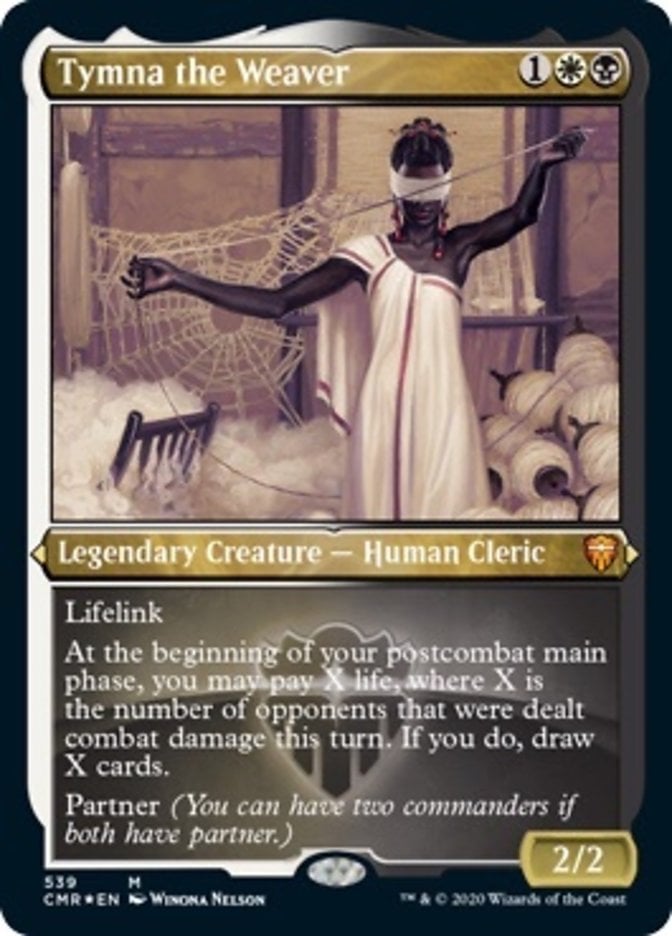


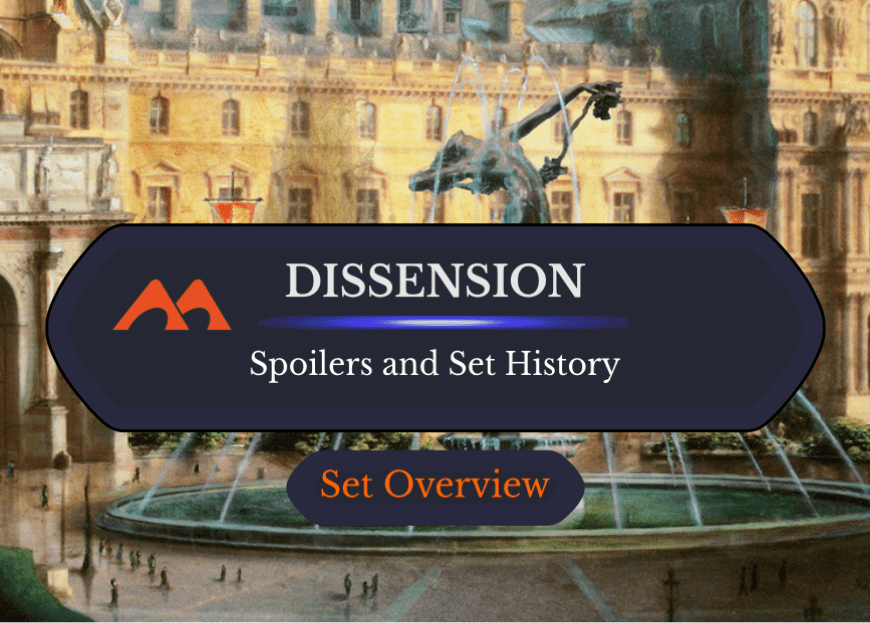
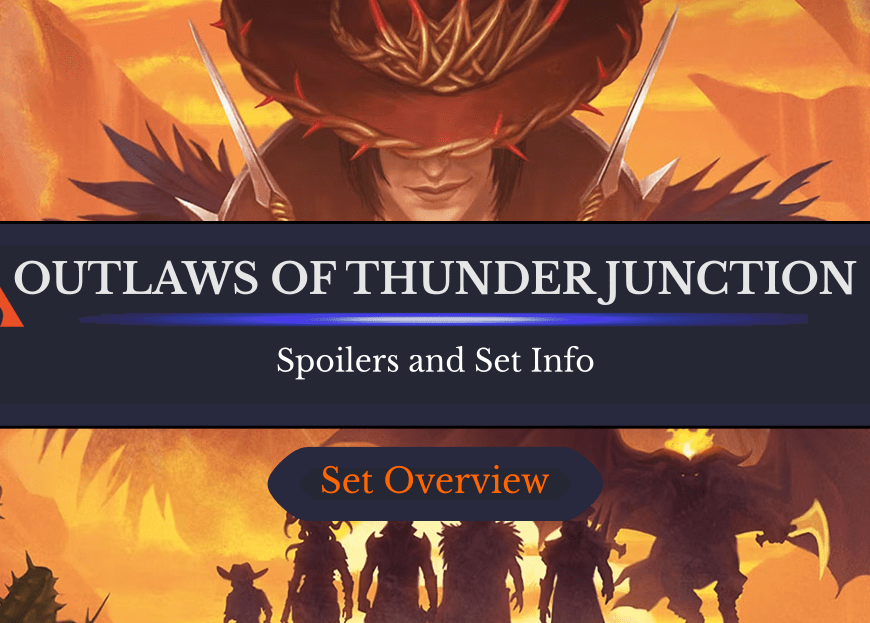
2 Comments
I wonder if you could complete the sentence in the article:
“If you’re ready to jump in and learn how to play this deck, there’s an amazing”
Would really like to learn how to build and play Gitrog!
Hi John, not seeing that sentence in the article. Thanks for reading!
Add Comment